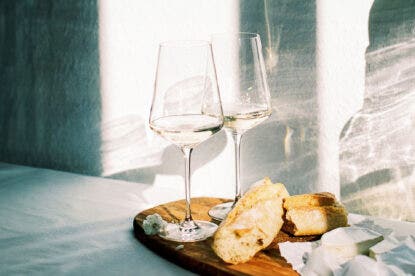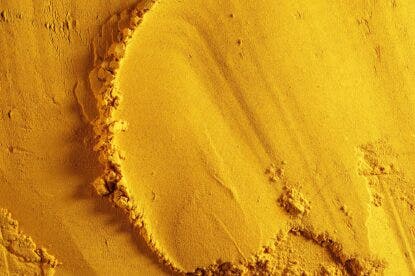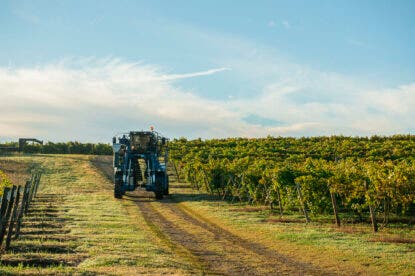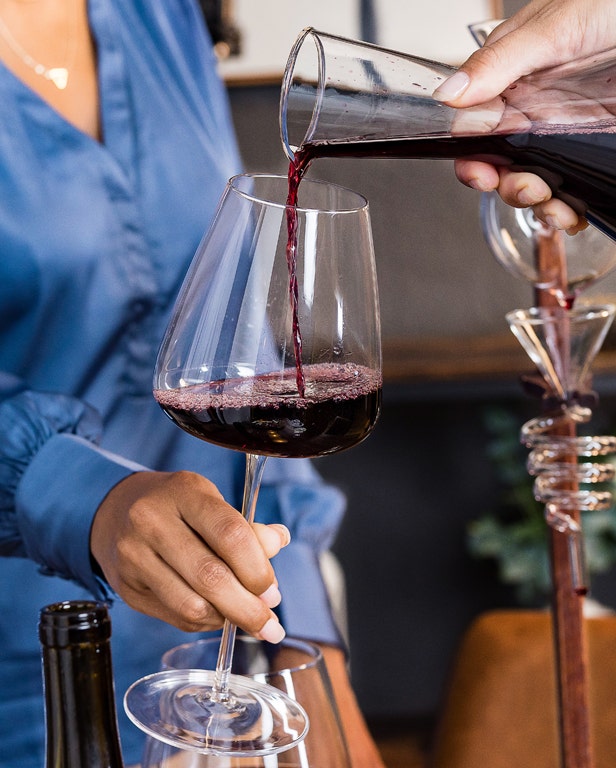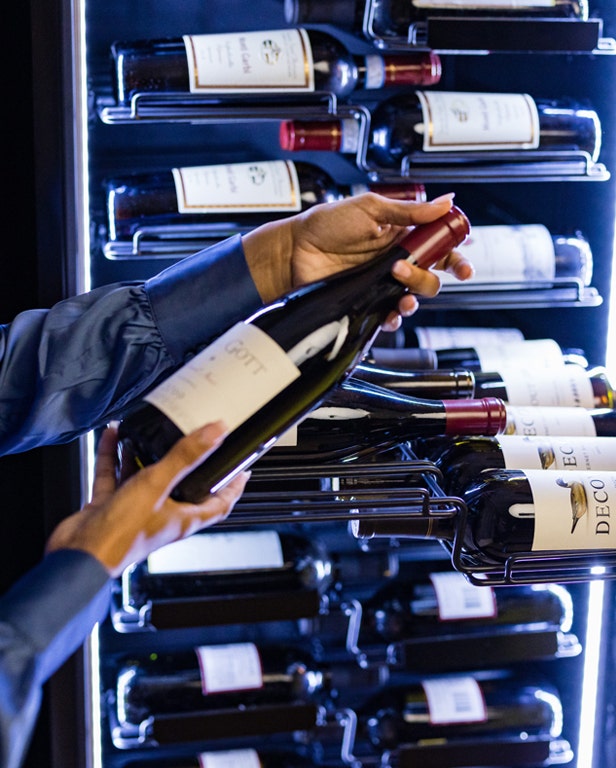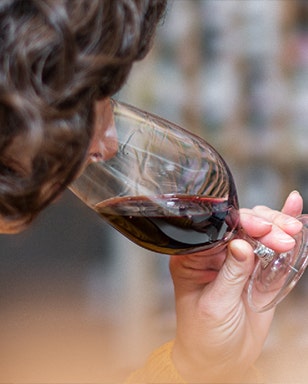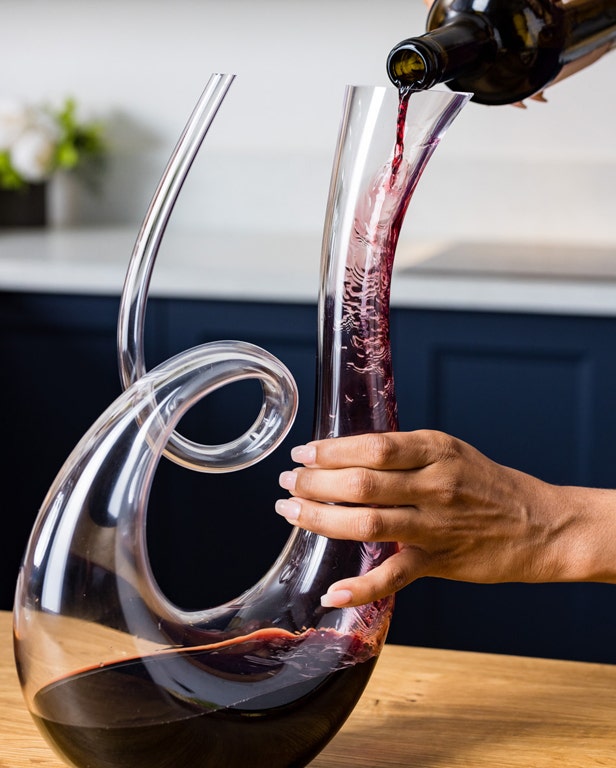Talk to winemakers and grape growers, and they can be quite persnickety when describing the grapes they work with. More often than not, it’s their irritations with the grapes that draw the most attention—late to ripen, susceptible to disease and so forth.
Except when it comes to Cayuga.
“Cayuga is an uber-useful blender and it’s beloved of both grape growers and winemakers,” says Peter Bell, who was the winemaker at Fox Run Vineyards in New York’s Finger Lakes for 27 years, where he made cases and cases and cases (and cases!) of the winery’s Arctic Fox, a semisweet varietal Cayuga. “Cayuga needs little in the way of winemaker elaboration. I love pouring it for people who gravitate to Pinot Grigio, since it has that broad appeal—but way more personality.”
Cayuga, or Cayuga White as it’s sometimes called, is a white Cornell hybrid developed in upstate New York by university researchers in the 1940s but wasn’t released commercially until a couple of decades later. Its history is long and complicated, dating to the mid19th century, when a table grape called Winchell was identified in Vermont. Winchell was later crossed with a grape called Moore’s Diamond (which was itself a Concord cross) and a couple of crosses later, Cayuga showed up. All told, Cayuga’s forebears include native Vitis labrusca varieties, French-American hybrids and even Vitis vinifera.
You May Also Like: Why Hybrid Grapes Could Be the Future of Wine
As such, says Bell, who now works as a consulting winemaker in the northeast, Cayuga forms the basis of a great many proprietary whites in the Finger Lakes. Winemakers like it because it offers high yields, as much as 200 gallons per ton (some 10 to 15% more than typical). It ripens early, around mid-September, and can be picked at sugar levels as low as 15 or 16 Brix—an amazingly low number for a wine grape. Best yet, says Bell, that’s the level when Cayuga’s flavors are at their peak.
So why isn’t Cayuga more popular? Its geography limits its appeal, given that New York wines are mostly distributed only in New York (though, Bell says the grape is likely to crop up in other cool climates in North America). For another, it bears the stigma of wine made mostly with grapes that aren’t European—too smelly, too sweet and not “real.”
But that’s hardly the case with Cayuga. “We were having a fairly elaborate dinner at Fox Run a few years ago, and before the event we had to find a wine to match with each of the six courses,” recalls Bell. “One course was a cabbage slaw with a few exotic things in it. My standard recommendation for a salad is no wine, but on a lark, we tried it with Arctic Fox. To this day, that pairing has been one of the most successful ever. At the dinner, we were thrilled to be able to tell this story.”
Quick Facts
- Grape: Cold-hardy white that ripens early, with large, thick-skinned and juicy berries
- Cross of: Seyval Blanc, a Franco-American hybrid, and Schuyler, a North American hybrid
- Where Grown: Primarily New York state and the U.S. Northeast
- Wine Styles: White blends, single varietal and sparkling wines, with a range of sweetness levels
- Aromas/Flavors: Honeydew melon, lime juice, tropical fruit
- Food Pairing: Salads and shellfish
- Fun Fact: One of its grandparents is Zinfandel, which was crossed with Ontario, a North American hybrid, to produce Schuyler
This article originally appeared in the May 2024 of Wine Enthusiast magazine.
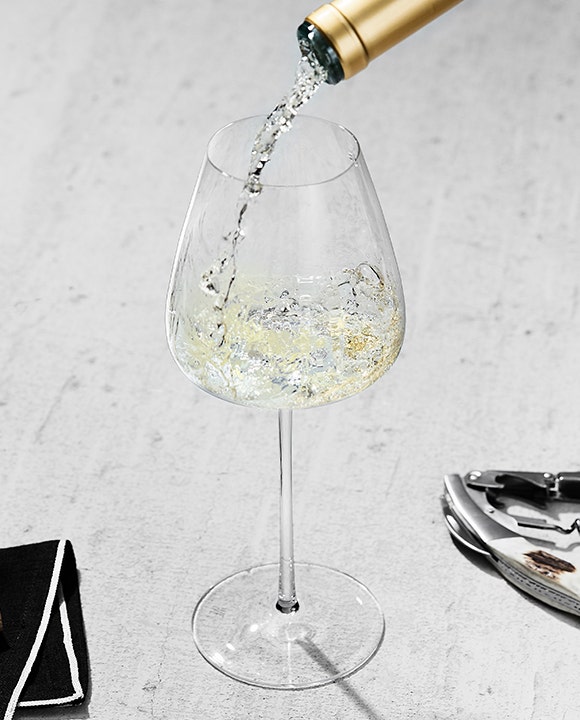
From the Shop
Find Your Wine a Home
Our selection of red wine glasses is the best way to enjoy the wine’s subtle aromas and bright flavors.
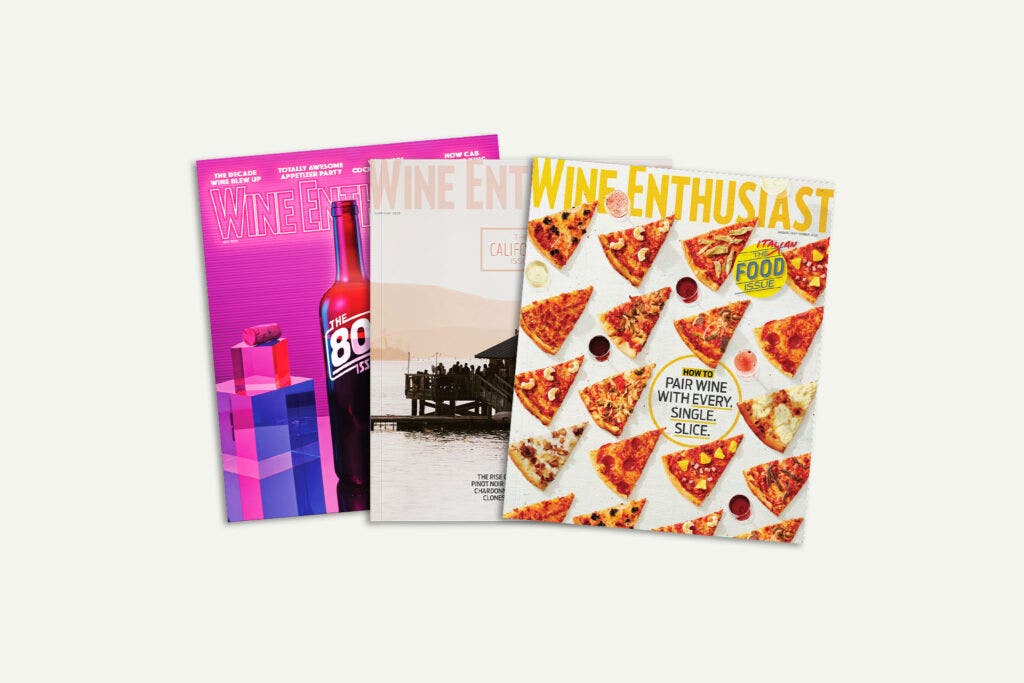
Bring the World of Wine to Your Doorstep
Subscribe to Wine Enthusiast Magazine now and get 1 year for $70 $29.99.
Published: May 7, 2024






